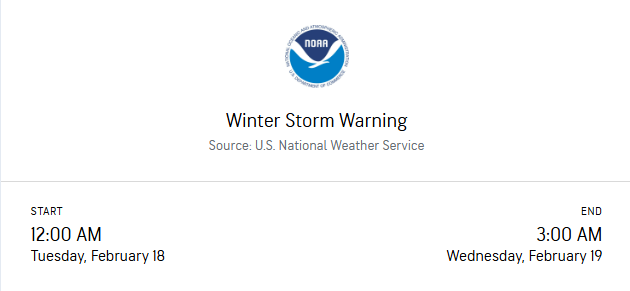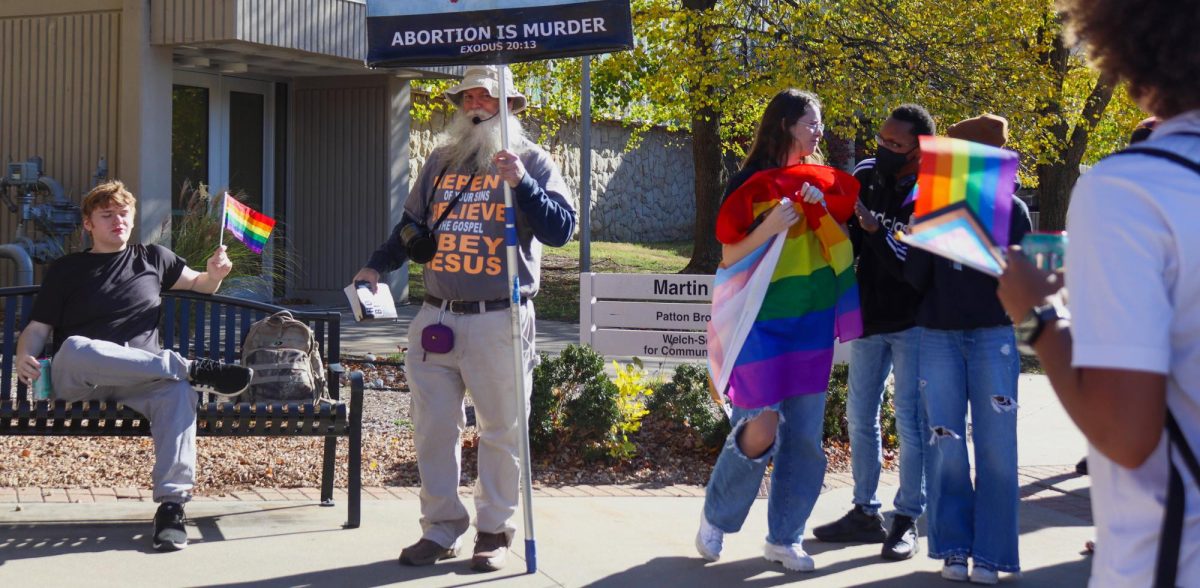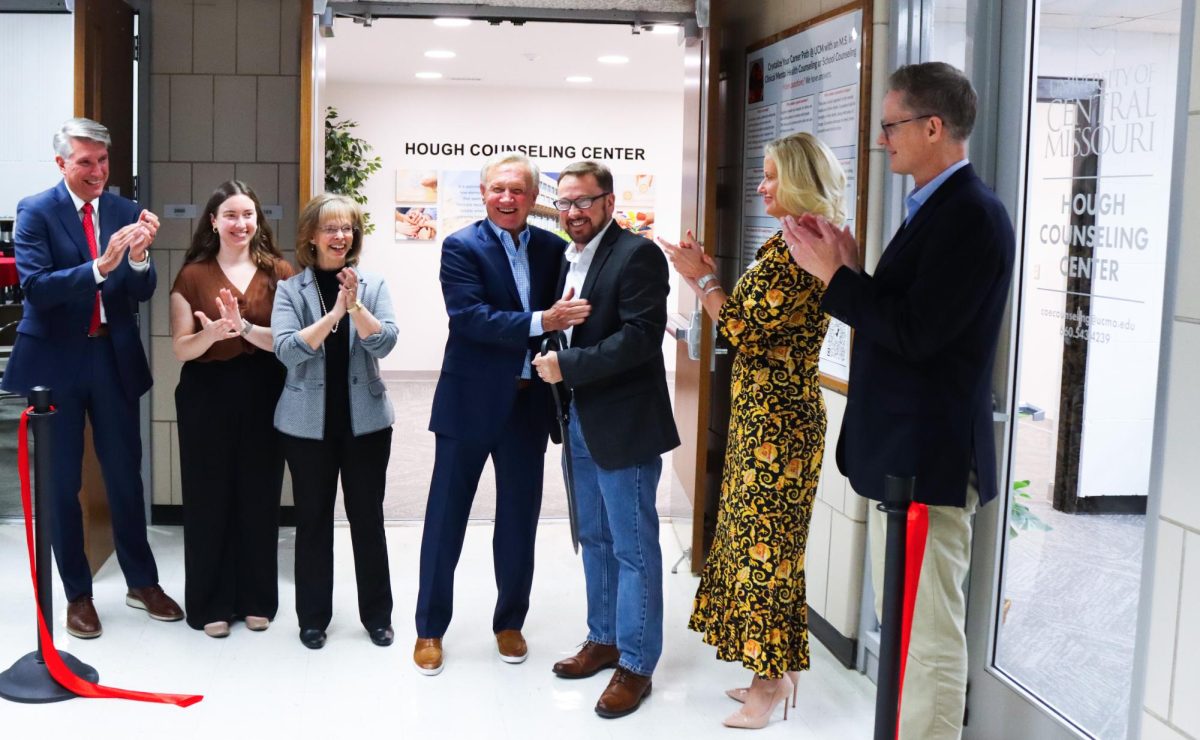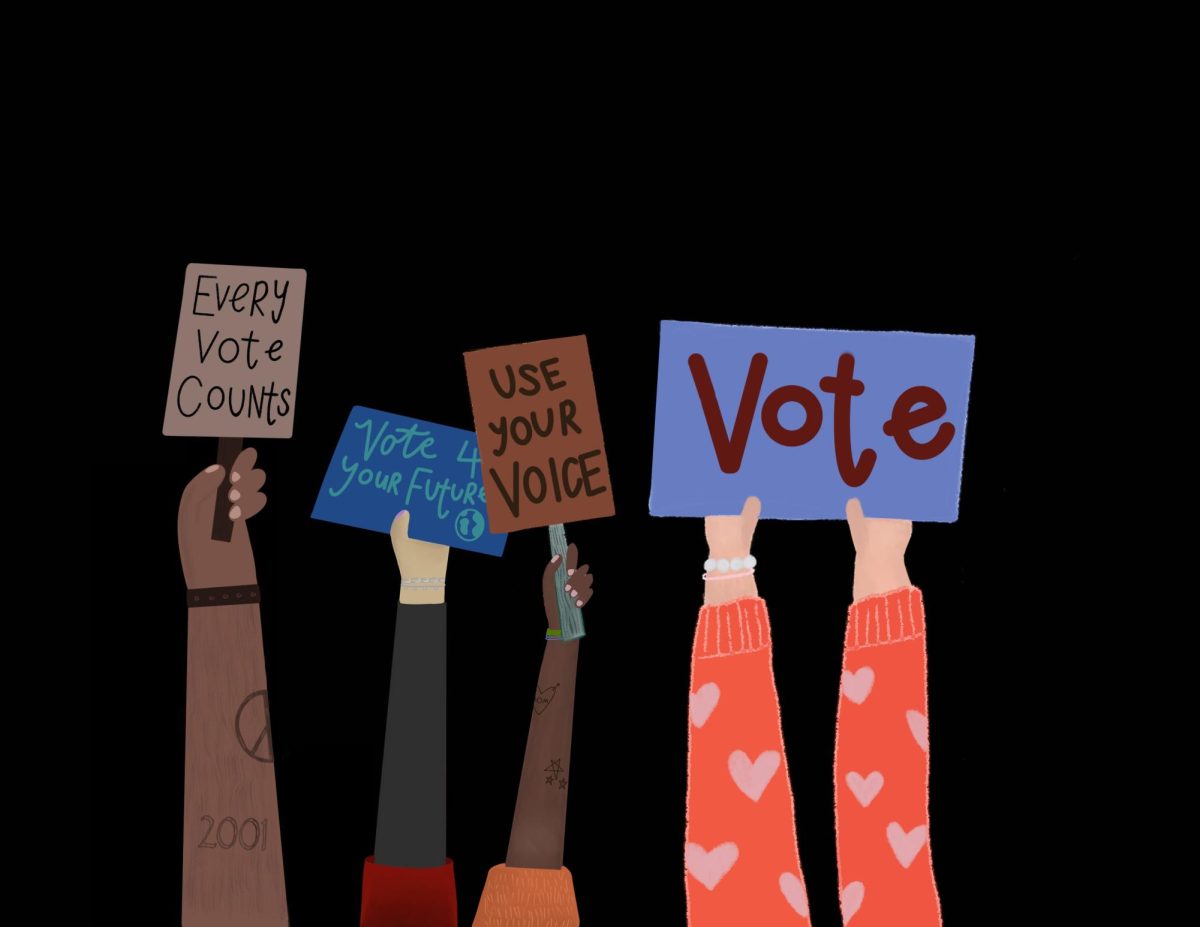By LEAH WANKUM
Managing Editor
This is a true story. A student at another university went to a house party and saw someone take an unconscious person to a bedroom. The bystander didn’t think getting help from others was an option.
Instead, he walked into the bedroom and said, “Hey, your car’s getting towed.”
The person dropped the unconscious person to check on the car, and the bystander found the unconscious person’s friends and sent them home.
In Green Dot training, this is a story Ashley Cason always shares. As Green Dot specialist for the UCM Office of Violence and Substance Abuse Prevention, she can think of dozens of ways to diffuse a high-tense situation and, potentially, avoid escalation.
“My job is that when someone gets that feeling in their stomach, they can say, ‘Maybe I should do something. Oh, this is something that we practiced,’” Cason said. “And they say, ‘Absolutely, that’s approachable to me, I can do that.’ And they do it in that moment.”
The Green Dot Etc. model is a national program founded by Dorothy Edwards, author of the Green Dot Prevention Strategy, which promotes a bystander approach to prevent power-based personal violence such as sexual assault, relationship violence, domestic violence and stalking, according to a university news release.
Cason said these acts of personal violence are called red dots in the Green Dot program.
“Sometimes, as a bystander we may not always know what we’re looking at,” Cason said, “but here are some things we can notice on the outside: Someone is physically isolating another person, noticing maybe some mood swings in a friend, or even we propose a scenario, you’re in a study group with somebody, their phone is going off a lot, when they look at the phone, they sigh and they put it down. Just subtle, physical things, things we can notice.
“What do red dots look like, and how can I notice them as a bystander?”
Cason said in the past, violence prevention strategies were two-dimensional: the side of the potential victim and the side of the potential perpetrator.
“But there are always three sides to a story right? Three sides, what happened between one, what happened between the other, and another person that’s in the room, because there are always bystanders to life,” Cason said. “We always talked about violence between those two people and never discussed other people who may be witnessing things, may be seeing things.”
Alternatively, that’s where green dots come into play. Cason identified three D’s of bystander intervention: direct, delegate and distract.
“The first is direct, very stereotypical, you see something going in, you strap on a cape, and you go and save the day,” Cason said. “It ends up on Facebook. You see it on the news, very traditional bystander intervention, and that’s a great way to intervene, but for people like myself, it’s not realistic.”
Green Dot training involves recognizing obstacles in bystander intervention, which aren’t always the same for each person and are highly situational.
“When we talk about bystander intervention, we know that for a lot of reasons, people don’t get involved,” Cason said. “My personal barriers, I’m actually really shy. I don’t like directly confronting situations. Direct intervention has never really been approachable to me.”
Other personal barriers might include fear of losing social credibility with friends for calling somebody out, inability to recognize a situation as it escalates or even fear of retaliation.
“We know for a lot of reasons, people don’t intervene, and we say, ‘That’s OK,’” Cason said. “Acknowledge those obstacles, and let’s work with them. If you get that feeling like you should do something, you should be able to know what it is, even if you struggle.”
The second D, delegate, involves getting help from others, such as grabbing other bystanders to help during a highly tense situation or by calling 911. Cason said the third D, distract, is the favorite amongst those on campus who underwent training.
“People like this the most because you can get super creative,” Cason said. “When students find out that they can potentially stop violence without ever acknowledging the situation, it has a certain sort of appeal.
“We have things like turning on a car alarm, asking for directions, ‘Let’s go to Taco Bell,’ ‘I’m really drunk, can you take me home?’ Whatever it is… just create a distraction to defuse any high-tense situation that could be occurring, and then you lower that and potentially avoid a red dot. Whatever it is, it doesn’t matter what you do, just that you do something, and that’s really the heart of Green Dot.”
VSAP has been working to bring Green Dot to campus for a couple of years now, but Cason said an initially high cost of start-up and one-year implementation period is what previously hindered the university from adopting the bystander intervention program.
Green Dot is funded by a pass-through grant from the Center for Disease Control into the Missouri Department of Health and Senior Services, and under that, a grant for violence against women. Cason said the grant of $100,000 covered costs of the implementation process from November 2014 through January 2016. She said the university will reapply at that time for a chance to renew the grant and continue the program through January 2017.
“We’ve gained a lot of traction, and we feel very confident that we will get the renewal,” Cason said. “There have been some discussions about using evaluations of how we’re implementing the program as models for other universities to do it.”
Cason said UCM is one of three universities in Missouri participating in Green Dot College – the University of Missouri System’s Green Dot program is already established and further along than UCM, and Northwest Missouri State University is just getting started.
Launch week of the program, from Sept. 24 through Oct. 3, was the first campuswide introduction to Green Dot, which is primarily a word-of-mouth movement. Cason said one of the major highlights of the week was Green Dot founder Dorothy Edwards’ keynote presentation Sept. 29 in Hendricks Hall.
Cason said the first round of Green Dot training the weekend of Oct. 9-10 only had eight participants because launch week had just finished, and a lot of people wouldn’t have heard about Green Dot yet.
“Per program fidelity, every student is personally invited to come to training,” Cason said. “And I receive those from faculty and staff, other students, on our website as a nomination page, and I ask for a name and an email address.”
When those names come to Cason, she personally invites them to have coffee with her and discuss participating in Green Dot training.
“There are two reasons for that,” Cason said. “The first one is you see more people keeping that training date and showing up. When you’re personally invited instead of being cold-called, it’s very different.
“The second reason we do that is because this is a personal topic. Everyone at some point will have some sort of encounter with violence, whether it’s personally, whether it’s somebody you know, somebody that you love, something you see on the news. It’s a very personal topic, and so we like to create a very safe space for our students to be able to engage with us, discussing and learning about this topic.”
Cason has a background in women’s studies, so she said the big distinguishing factor as to why she loves Green Dot and her work as a specialist at UCM is getting to talk about her passion and share it with everyone else.
“It probably took me seven months of working to figure out what is it in particular that I love about it,” she said. “I don’t get to keep it to myself. I get to have everyone else join me in it.
“Watching the same passion being ignited and saying, ‘Hey you can do this too,’ it’s a very emotional moment for me. A lot of students said, ‘I had no idea I could do this.’ This program isn’t for me. It’s for everyone else. And I love that I don’t just get to keep that passion for myself. I get to welcome everyone else to come join me in this awesome work.”
Categories:
VSAP introduces bystander intervention program
Written by Muleskinner Staff
October 22, 2015
0
Tags:
More to Discover






